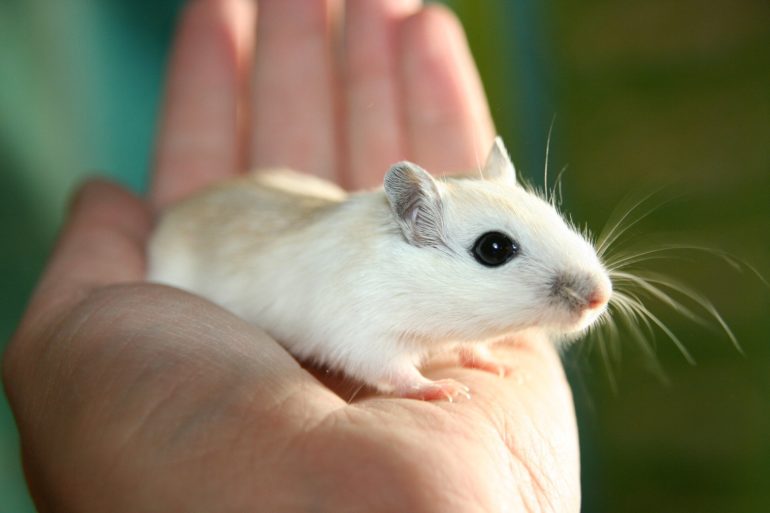For the first time, Cornell University researchers have developed a technique for studying the neuroscience of motor control in mice—by focusing on a mouse’s tongue when it licks a water spout.
The technique incorporates high-speed cameras and machine learning in a tractable experimental setup that opens the door for revealing mysteries of how the motor cortex works, understanding the neural basis of related disorders like Parkinson’s disease, and informing robots.
“We now have an approach in a mouse where we can bring all the tools of modern neuroscience to bear on this really classic problem of motor control,” said senior author Jesse Goldberg, associate professor of neurobiology and behavior.
The field of motor control neuroscience has made advancements almost entirely through studies of monkeys reaching for things, Goldberg said. His lab tried for years to develop a mouse model for much faster and more malleable experiments but found too many constraints in getting mice to reach with their limbs; mice lack the necessary biomechanics and nature for such movements.
Tejapratap Bollu, a former graduate student in Goldberg’s lab who was working on a different project that involved mice licking a water spout, made a discovery that led to the new technique. The water spouts were fitted with contact sensors, but often, the tongue would miss the target.
Bollu “noticed with his careful eye that [the mice] were actually sticking their tongues out and looking” for the spout, rather than licking as had been assumed, Goldberg said.
The movement in mice, which occurs on time scales of close to 100 milliseconds per lick, is analogous to a monkey reaching and making adjustments with its hand and activates the motor cortex in a surprisingly similar manner, the researchers found.
Using high-speed cameras, the researchers could observe the tongue reaching for the water spout, just as a human reaches for an object. They could also move the water spout, which forced a miss and an immediate correction. At the same time, genetically engineered mice allowed the researchers to use light to turn different parts of the brain on and off while the animals were drinking.
The researchers were able to use brain activation experiments to zoom in on the anterolateral motor cortex. “The electrical signals there exhibited remarkable similarity to the types of electrical signals people observed in primate reach tasks,” Goldberg said.
“Now we can do experiments that have never been done before,” he said.
Cornell Neurotech has developed technologies that make it possible to record thousands of neurons in an animal at once, for example. In next steps, Goldberg plans to use these tools to characterize for the first time the origins of pathogenic brain signals in neurological disorders, such as Parkinson’s disease.
Scientists solve long-standing mystery by a whisker
More information:
Tejapratap Bollu et al, Cortex-dependent corrections as the tongue reaches for and misses targets, Nature (2021). DOI: 10.1038/s41586-021-03561-9
Provided by
Cornell University
Citation:
The way mice lick could reveal origins of neurological disorders (2021, May 19)
retrieved 20 May 2021
from https://medicalxpress.com/news/2021-05-mice-reveal-neurological-disorders.html
This document is subject to copyright. Apart from any fair dealing for the purpose of private study or research, no
part may be reproduced without the written permission. The content is provided for information purposes only.



